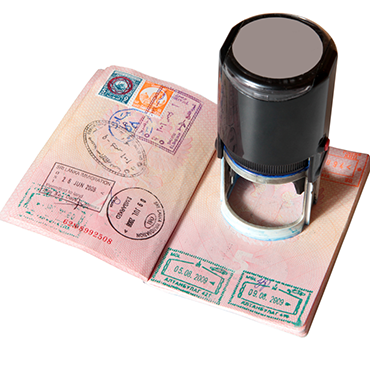DHS seeks to bridge siloed databases

A plan to connect databases containing information on legal foreign visitors is the first step in what could turn into comprehensive records overhaul.

The Department of Homeland Security plans to connect databases containing information on legal foreign visitors as a prototype of a system to consolidate identity information from agency sources. The prototype is a first step in what could turn into comprehensive records overhaul that would erase lines between the siloed databases kept by DHS component agencies.
Currently, DHS personnel can access information from across component databases under the "One DHS" policy, but access can be hindered by the need to log into multiple systems and make multiple queries. The Common Entity Index (CEI) prototype pulls biographical information from DHS component agencies and correlates the data into a single comprehensive record. The CEI prototype is designed to find linkages inside source data – names and addresses as well as unique identifiers like passport and alien registration numbers – and connect the dots automatically, so DHS personnel do not have to.
DHS is trying to determine whether it is feasible to create "a centralized index of select biographic information that will allow DHS to provide a consolidated and correlated record, thereby facilitating and improving DHS's ability to carry out its national security, homeland security, law enforcement, and benefits missions," according to a notice in the Aug. 23 Federal Register.
The planned prototype will launch with data from the Electronic System for Travel Authorization maintained by U.S. Customs and Border Protection, the Student and Exchange Visitor Information System kept by Immigration and Customs Enforcement, and the Alien Flight Student Program of the Transportation Security Administration, which monitors non-citizens who enroll in aviation training. DHS picked these datasets because they covered potentially overlapping information that is produced by different sub-agencies. The prototype will ingest data from the covered sources and produce a new set of dynamic records with their own metadata tying each entry back to its original database. Updates to the source databases will update the correlated record in the CEI.
During testing, the CEI prototype will only be tapped for routine use, not for law enforcement-related information sharing. DHS is accepting comments on the plan through Sept. 23.



